V&A Museum Highlights the History of Digital Art in New Book Release
The V&A Museum (Victoria and Albert Museum) in London has unveiled a groundbreaking new book that traces the evolution of digital art—an emerging field that has transformed both the art world and how we interact with technology. This comprehensive volume, titled “Digital Art History”, offers an in-depth exploration of the journey from early digital experiments to the cutting-edge art created with today’s most advanced technologies.
With the growing influence of digital media in the art world, this book seeks to fill a gap in academic discourse, offering insight into how digital tools have reshaped artistic creation. Drawing on a wide array of examples, from pixel art to interactive installations, the V&A Museum’s new release documents how artists have leveraged technology to push boundaries, explore new forms of expression, and engage with contemporary issues in innovative ways.
Why This Book on Digital Art History Matters
In the past few decades, the rise of digital art has been one of the most significant shifts in the art world. Today, artists use everything from computer-generated imagery (CGI) to virtual reality (VR) and artificial intelligence (AI) to create artworks that transcend traditional mediums. However, this genre of art remains relatively underexplored in academic literature, and this new book aims to change that.
The V&A Museum’s “Digital Art History” is a timely and essential resource for anyone interested in understanding how technology has influenced modern art. The book covers key movements, artists, and artworks that have defined the digital art landscape. From early experiments in the 1950s to the immersive digital installations of today, this work highlights the impact of technology on how art is created, displayed, and perceived in the 21st century.
What the V&A Museum’s Digital Art History Book Covers
- The Birth of Digital Art: The 1950s to the 1980s: The book begins by tracing the history of digital art from its inception. It covers the pioneering work of artists in the mid-20th century who began experimenting with computers to create art. From the earliest computer-generated graphics to the rise of video art, these early digital art experiments laid the groundwork for the more sophisticated practices that would emerge in later decades.
- The Rise of the Internet and Digital Media: With the advent of the internet and personal computers in the 1990s, digital art evolved into a more accessible medium. This period saw the rise of digital painting, 3D modeling, and interactive installations. The book also highlights the role of online art communities in shaping digital aesthetics and the way artists interacted with one another across the globe.
- Interactive and Immersive Art: One of the key sections of the book explores the use of interactive technologies such as augmented reality (AR) and virtual reality (VR) in the creation of immersive art experiences. As digital artists began experimenting with these new tools, they opened up new possibilities for audience engagement. The V&A book examines how these interactive works invite viewers to step into the artwork, experience it firsthand, and influence its outcome.
- Artificial Intelligence and the Future of Digital Art: A particularly exciting section of the book delves into the use of artificial intelligence (AI) and machine learning in contemporary digital art. The emergence of AI-powered creative tools has sparked a debate about authorship and creativity in the digital age. The book investigates how artists are using AI to generate art, from algorithmic painting to AI-generated music and sculpture, and asks questions about the relationship between human creativity and machine-made art.
- Digital Art in the Age of NFTs and Blockchain: Another key theme in the book is the rise of NFTs (non-fungible tokens) and blockchain technology, which has revolutionized how digital art is bought, sold, and owned. As NFTs continue to gain popularity, the book examines how this new medium is influencing the value of digital art and changing the relationship between artists and collectors. The impact of the NFT boom on the digital art market is a topic that the V&A Museum’s book explores in great depth.
Why the V&A Museum’s Digital Art History Book is Essential for Art Lovers and Scholars
The V&A Museum has long been recognized for its pioneering approach to art and design exhibitions, and this new book on digital art history continues that tradition. By offering an accessible yet scholarly overview of the digital art movement, the book is an invaluable resource for both art lovers and academics. Whether you’re a seasoned digital artist, a scholar researching art history, or a casual fan of contemporary art, this book provides a comprehensive understanding of how digital technologies have influenced the creation and perception of art.
Moreover, the book’s beautifully designed pages are enhanced with illustrations, photographs, and visual examples that make it an engaging read. The combination of historical context, technical insight, and visual examples ensures that the Digital Art History book will appeal to a wide range of readers, from those interested in technology to those passionate about the art world.
Where to Find the Digital Art History Book
The V&A Museum’s Digital Art History book is available for purchase both online and at the museum’s gift shop in London. Art enthusiasts and collectors can add it to their libraries as a must-have resource for understanding the evolution of digital art. Additionally, the book is available in digital formats for those who prefer to read on electronic devices.
Final Thoughts on the V&A Museum’s Digital Art History Book
With its insightful exploration of digital art, the V&A Museum’s Digital Art History book serves as an essential guide for understanding how technology has shaped the world of contemporary art. As digital media continues to influence every aspect of our lives, this book offers a valuable perspective on the artists, movements, and technologies that are defining the future of art. If you’re fascinated by the intersection of art and technology, this book is an essential addition to your collection.


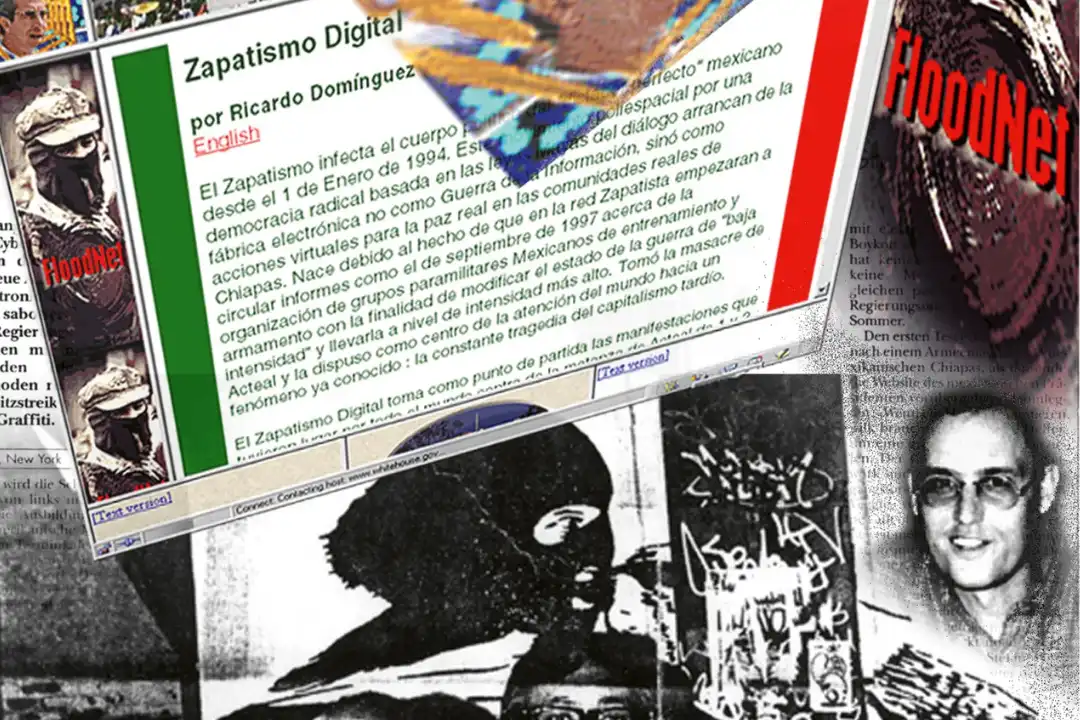





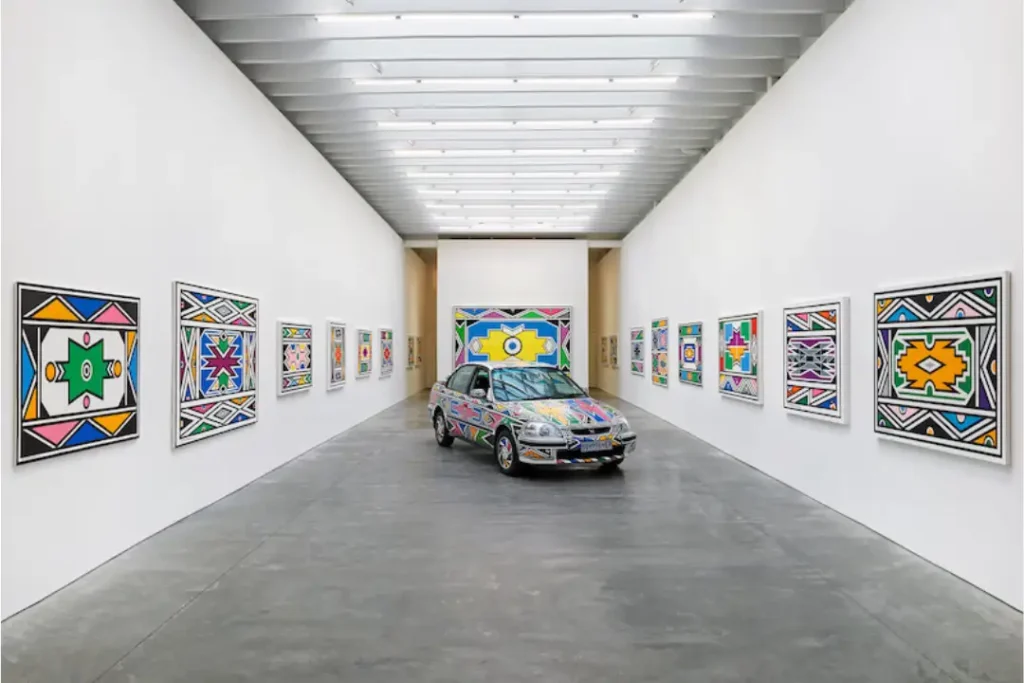
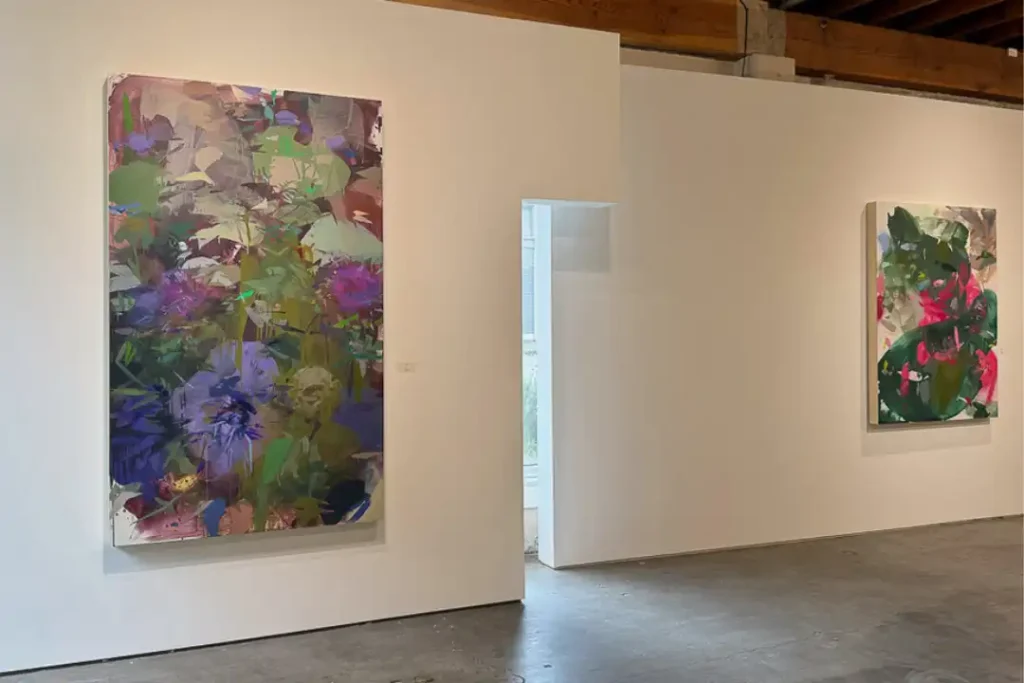
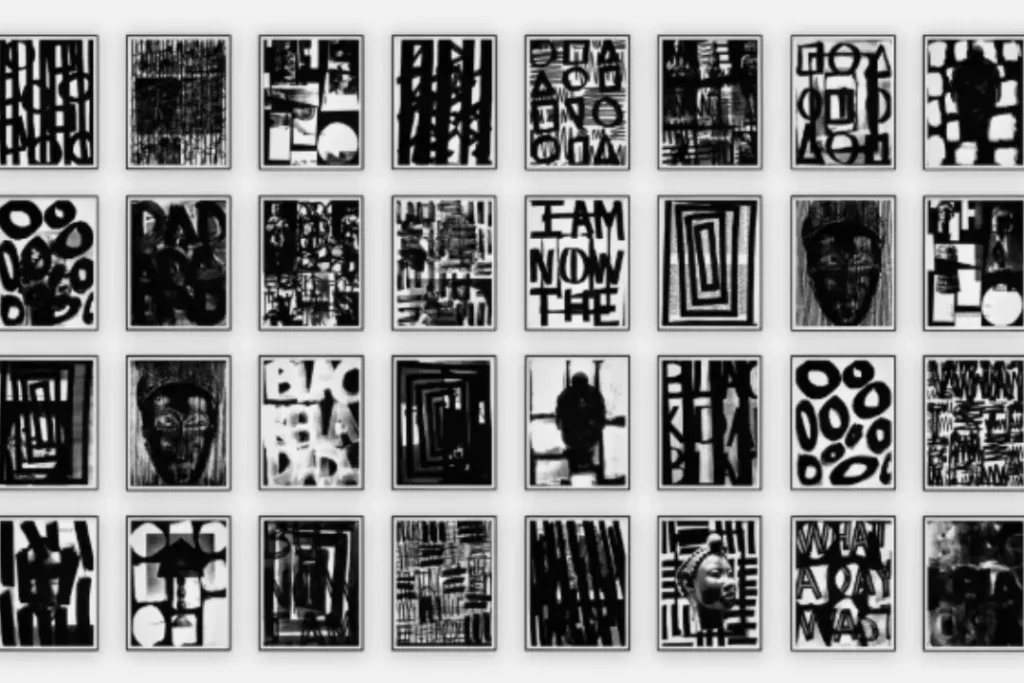
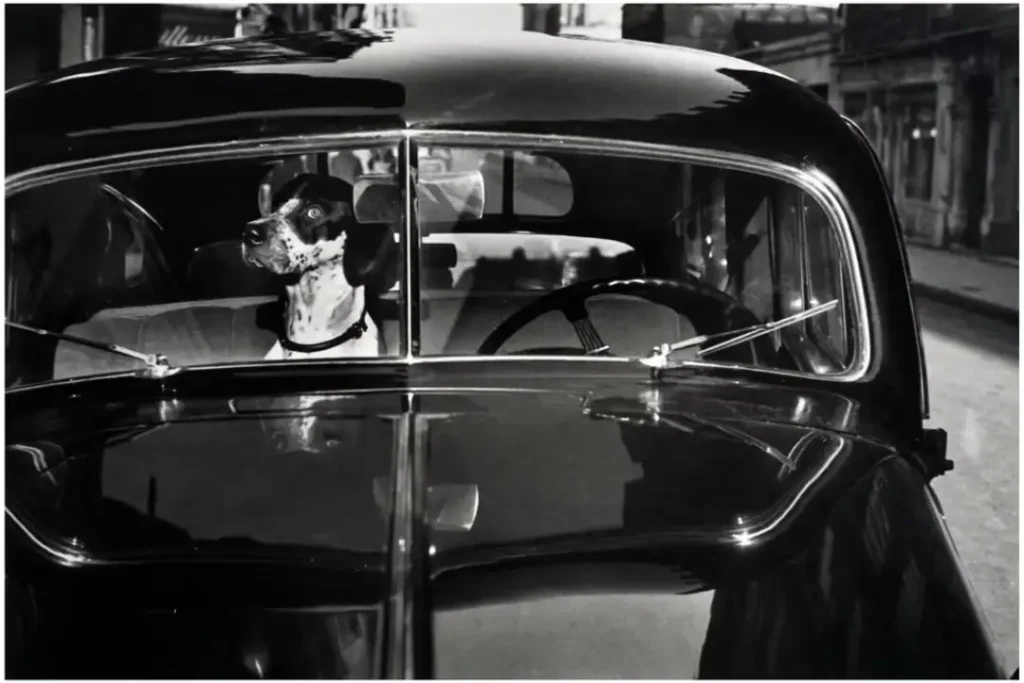

Hebru Brantley Explores “Black Odyssey” at SCOPE Art Show